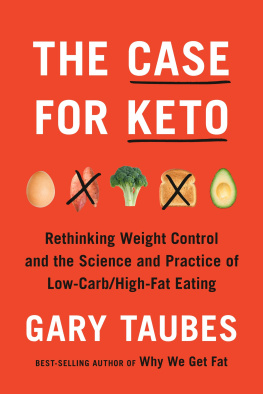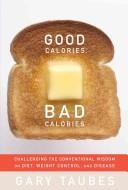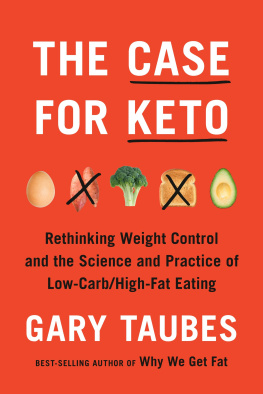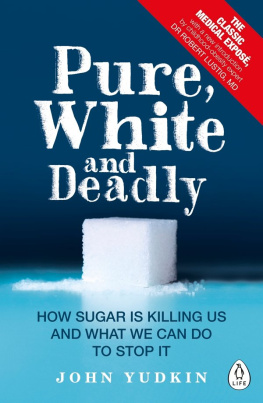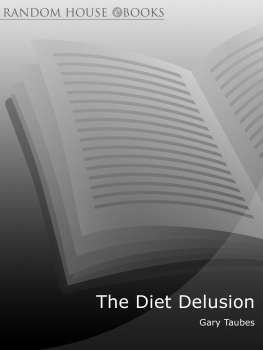Gary Taubes - The Case Against Sugar
Here you can read online Gary Taubes - The Case Against Sugar full text of the book (entire story) in english for free. Download pdf and epub, get meaning, cover and reviews about this ebook. year: 0, genre: Science. Description of the work, (preface) as well as reviews are available. Best literature library LitArk.com created for fans of good reading and offers a wide selection of genres:
Romance novel
Science fiction
Adventure
Detective
Science
History
Home and family
Prose
Art
Politics
Computer
Non-fiction
Religion
Business
Children
Humor
Choose a favorite category and find really read worthwhile books. Enjoy immersion in the world of imagination, feel the emotions of the characters or learn something new for yourself, make an fascinating discovery.

- Book:The Case Against Sugar
- Author:
- Genre:
- Year:0
- Rating:3 / 5
- Favourites:Add to favourites
- Your mark:
- 60
- 1
- 2
- 3
- 4
- 5
The Case Against Sugar: summary, description and annotation
We offer to read an annotation, description, summary or preface (depends on what the author of the book "The Case Against Sugar" wrote himself). If you haven't found the necessary information about the book — write in the comments, we will try to find it.
The Case Against Sugar — read online for free the complete book (whole text) full work
Below is the text of the book, divided by pages. System saving the place of the last page read, allows you to conveniently read the book "The Case Against Sugar" online for free, without having to search again every time where you left off. Put a bookmark, and you can go to the page where you finished reading at any time.
Font size:
Interval:
Bookmark:
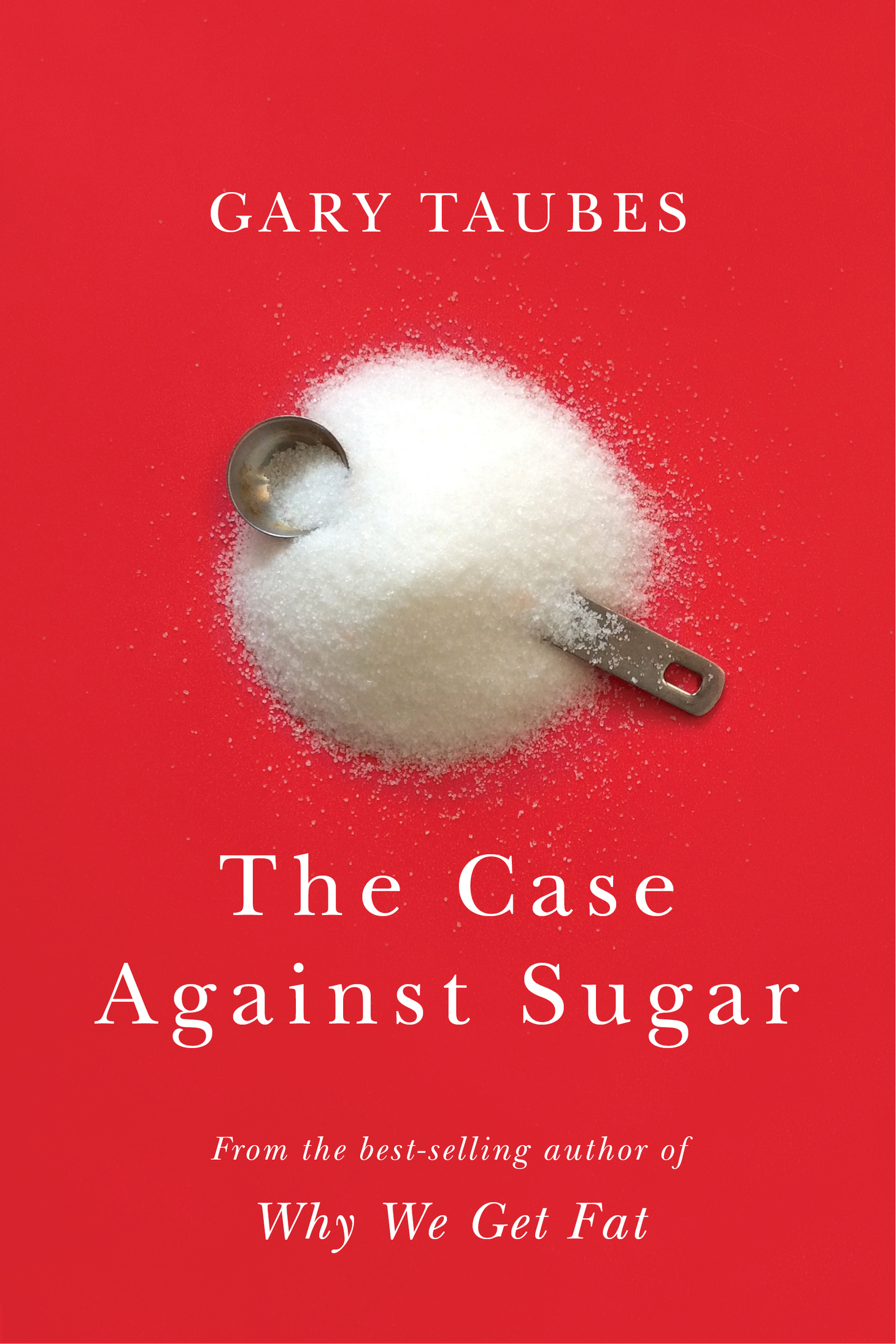
Why We Get Fat: And What to Do About It
Good Calories, Bad Calories: Challenging the Conventional Wisdom on Diet, Weight Control, and Disease
Bad Science: The Short Life and Weird Times of Cold Fusion
Nobel Dreams: Power, Deceit, and the Ultimate Experiment


THIS IS A BORZOI BOOK
PUBLISHED BY ALFRED A. KNOPF AND ALFRED A. KNOPF CANADA
Copyright 2016 by Gary Taubes
All rights reserved. Published in the United States by Alfred A. Knopf, a division of Penguin Random House LLC, New York, and in Canada by Random House of Canada, a division of Penguin Random House Canada Limited, Toronto.
www.aaknopf.com
Knopf, Borzoi Books, and the colophon are registered trademarks of Penguin Random House LLC.
Portions of originally appeared in Mother Jones, (November/December 2012), as Sweet Little Lies, coauthored by Gary Taubes and Cristin Kearns Couzens.
Library of Congress Cataloging-in-Publication Data
Names: Taubes, Gary, author.
Title: The case against sugar / by Gary Taubes.
Description: First edition. | New York : Alfred A. Knopf, 2016. | Includes bibliographical references and index.
Identifiers: LCCN 2016018147 | ISBN 9780307701640 (hardback) | ISBN 9780451493996 (ebook)
Subjects: LCSH: Sugar-free dietCase studies. | SugarPhysiological effectPopular works. | Nutritionally induced diseasesPopular works. | BISAC: HEALTH & FITNESS / Nutrition. | SCIENCE / Chemistry / General.
Classification: LCC RM237.85 .T38 2016 | DDC 613.2/8332dc23
LC record available at https://lccn.loc.gov/2016018147
Cover photograph and design by David Drummond
Ebook ISBN9780451493996
v4.1_r1
a
To Gaby, for keeping the family together
We are, beyond question, the greatest sugar-consumers in the world, and many of our diseases may be attributed to too free a use of sweet food.
The New York Times, May 22, 1857
I am not prepared to look back at my time here in this Parliament, doing this job, and say to my childrens generation: Im sorry, we knew there was a problem with sugary drinks, we knew it caused disease, but we ducked the difficult decisions and we did nothing.
GEORGE OSBORNE , U.K. chancellor of the exchequer, announcing a tax on sugary beverages, March 16, 2016
The purpose of this book is to present the case against sugarboth sucrose and high-fructose corn syrupas the principal cause of the chronic diseases that are most likely to kill us, or at least accelerate our demise, in the twenty-first century. Its goal is to explain why these sugars are the most likely suspects, and how we arrived at the current situation: a third of all adults are obese, two-thirds overweight, almost one in seven is diabetic, and one in four to five will die of cancer; yet the prime suspects for the dietary trigger of these conditions have been, until the last decade, treated as little worse than a source of harmless pleasure.
If this were a criminal case, The Case Against Sugar would be the argument for the prosecution.
Mary Han unmarried woman, twenty-six years of age, came to the Out Patient Department of the Massachusetts General Hospital on August 2, 1893. She said her mouth was dry, that she was drinking water all the time and was compelled to rise three to four times each night to pass her urine. She felt weak and tired. Her appetite was variable; the bowels constipated and she had a dizzy headache. Belching of gas, a tight feeling in the abdomen, and a burning in the stomach followed her meals. She was short of breath.
ELLIOTT JOSLIN S diabetes case no. 1,
as recorded in the case notes of his clinic
E lliott Joslin was a medical student at Harvard in the summer of 1893, working as a clinical clerk at Massachusetts General Hospital, when he documented his first consultation with a diabetic patient. He was still a good three decades removed from becoming the most influential diabetes specialist of the twentieth century. The patient was Mary Higgins, a young immigrant who had arrived from Ireland five years previously and had been working as a domestic in a Boston suburb. She had a severe form of diabetes mellitus, Joslin noted, and her kidneys were already succumbing to the strain put upon them by the disease.
Joslins interest in diabetes dated to his undergraduate days at Yale, but it may have been Higgins who catalyzed his obsession. Over the next five years, Joslin and Reginald Fitz, a renowned Harvard pathologist, would comb through the hundreds of volumes of handwritten case notes of the Massachusetts General Hospital, looking for information that might shed light on the cause of the disease and perhaps suggest how to treat it. Joslin would travel twice to Europe, visiting medical centers in Germany and Austria, to learn from the most influential diabetes experts of the era.
In 1898, the same year Joslin established his private practice to specialize in the treatment of diabetics, he and Fitz presented their analysis of the Mass General case notes at the annual meeting of the American Medical Association in Denver. They had examined the record of every patient treated at the hospital since 1824. What they saw, although they didnt recognize it at the time, was the beginning of an epidemic.
Among the forty-eight thousand patients treated in that time period, a year shy of three-quarters of a century, a total of 172 had been diagnosed with diabetes. These patients represented only 0.3 percent of all cases at Mass General, but Joslin and Fitz detected a clear trend in the admissions: the number of patients with diabetes and the percentage of patients with diabetes had both been increasing steadily. As many diabetics were admitted to Mass General in the thirteen years after 1885 as in the sixty-one years prior. Joslin and Fitz considered several explanations, but they rejected the possibility that the disease itself was becoming more common. Instead, they attributed the increase in diabetic patients to a wholesome tendency of diabetics to place themselves under careful medical supervision. It wasnt that more Bostonians were succumbing to diabetes year to year, they said, but that a greater proportion of those who did were taking themselves off to the hospital for treatment.
By January 1921, when Joslin published an article about his clinical experience with diabetes for The Journal of the American Medical Association, his opinion had changed considerably. He was no longer talking about the wholesome tendencies of diabetics to seek medical help, but was using the word epidemic to describe what he was witnessing. On the broad street of a certain peaceful New England village there once stood three houses side by side, he wrote, apparently talking about his hometown of Oxford, Massachusetts. Into these three houses moved in succession four women and three menheads of familiesand of this number all but one subsequently succumbed to diabetes.
Joslin suggested that had these deaths been caused by an infectious diseasescarlet fever, perhaps, or typhoid, or tuberculosisthe local and state health departments would have mobilized investigative teams to establish the vectors of the disease and prevent further spread. Consider the measures, he wrote, that would have been adopted to discover the source of the outbreak and to prevent a recurrence. Because diabetes was a chronic disease, not an infectious one, and because the deaths occurred over years and not in the span of a few weeks or months, they passed unnoticed. Even the insurance companies, Joslin wrote, failed to grasp their significance.
Font size:
Interval:
Bookmark:
Similar books «The Case Against Sugar»
Look at similar books to The Case Against Sugar. We have selected literature similar in name and meaning in the hope of providing readers with more options to find new, interesting, not yet read works.
Discussion, reviews of the book The Case Against Sugar and just readers' own opinions. Leave your comments, write what you think about the work, its meaning or the main characters. Specify what exactly you liked and what you didn't like, and why you think so.

